Japanese restaurant, Yoshino
I went to restaurant Yoshino in Nakatsu for investigation of meals and took
Japanese cuisines for lunch.
 |
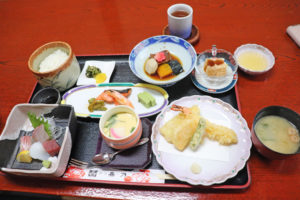 |
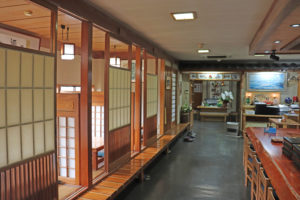 |
February 22, 2025
Nokonoshima Island
Nokonoshima, in the middle of Hakata Bay Beautiful flowers can be enjoyable throughout
the year.
The information is posted on Instagram for Japan Kyushu tourist,
click the Photos to see Instagram.
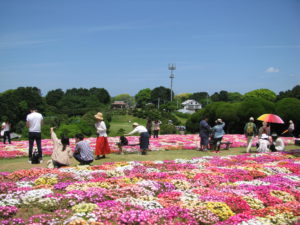 |
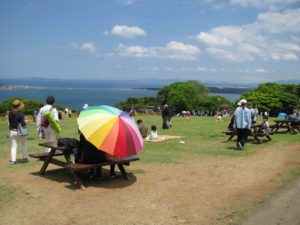 |
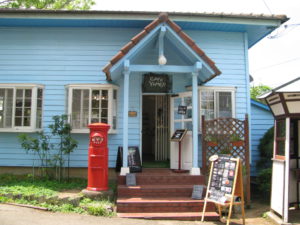 |
February 21, 2015
Special cuisine for Hina doll festival
This is a Special cuisine for Hina doll festival at authentic Japanese restaurant,
Shirakabe in Ukiha.
The chef who makes that cuisines also has experienced the imperial family’s cook.
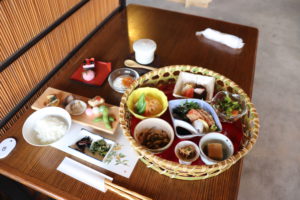 |
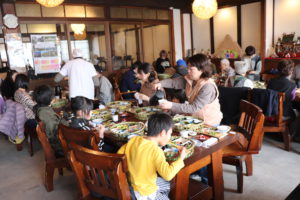 |
 |
February 20, 2025
Environment tour for Kitakyushu citizen group
We have operated Environment tour for Kitakyushu citizen group and visited
Hibikinada Biotope and Munakata.
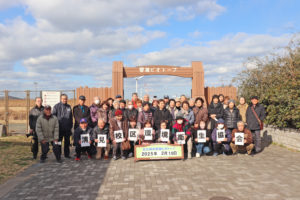 |
 |
 |
February 19, 2025
Beppu Hell tour
One of the most exciting tourist experience is Hell tour. A collection of hot springs
where the water bubbles forth from underground, often with unusual result.
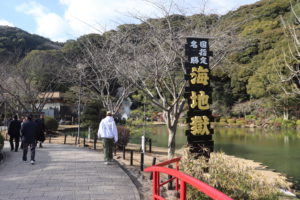 |
 |
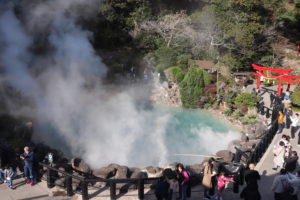 |
February 18, 2025
Strawberry harvest experience
Strawberry harvest experience in Ukiha can be enjoyed from December to May.
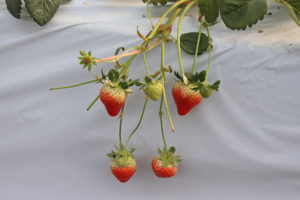 |
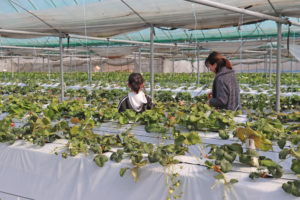 |
 |
February 17, 2025
Yoshii Hina doll Festival, in Ukiha
Yoshii is located in Ukiha, Fukuoka-prefecture. Hina doll Festival is held from February
11 through March 20. Main Hina dolls are displayed at Shirakabe Avenue district, where
the river is lined by attractive former warehouses, all with traditional wood and white
plaster exteriors. Please visit Yoshii enjoying Japanese Cultural experience.
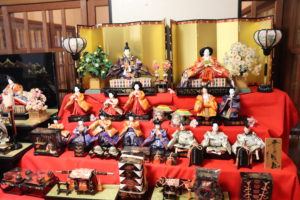 |
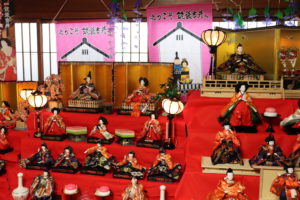 |
 |
February 16, 2025
Environment tour for Kitakyushu citizen group
We have operated Environment tour for Kitakyushu citizen group and visited
Water treatment Center, Wind power genaration, Solar power genaration,
World herigage Head office, Kawachi Resevoir in Kitakyushu-city,
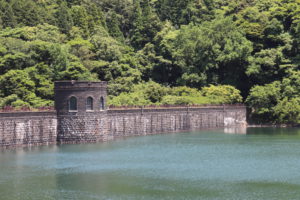 |
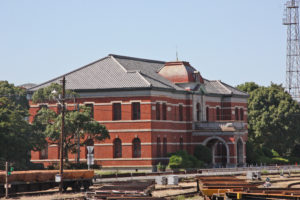 |
 |
February 15, 2025
Imari, Okawachiyama porcelain park
If you are interest in porcelain, we recommend to visit Imari.
Imari is most notable because of Imari porcelain which has 400 years history.
There are about 30 potteries are manufacturing at Okawachiyama porcelain park.
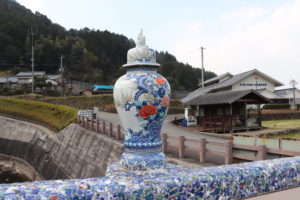 |
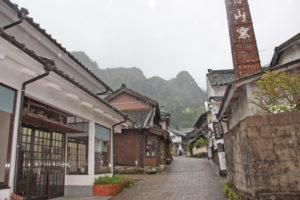 |
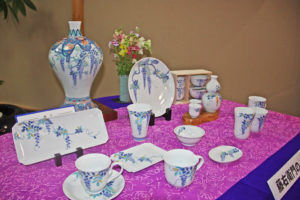 |
February 14, 2025
Hiraodai karst Plateau in Winter
Hiraodai Plateau is one of the three largest karst Plateau in Japan located in south-eastern
part of Kitakyushu-city. It is beautiful day today, waiting Spring season.
 |
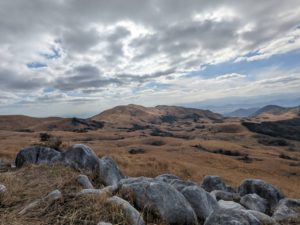 |
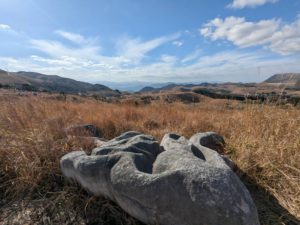 |
February 13, 2025
